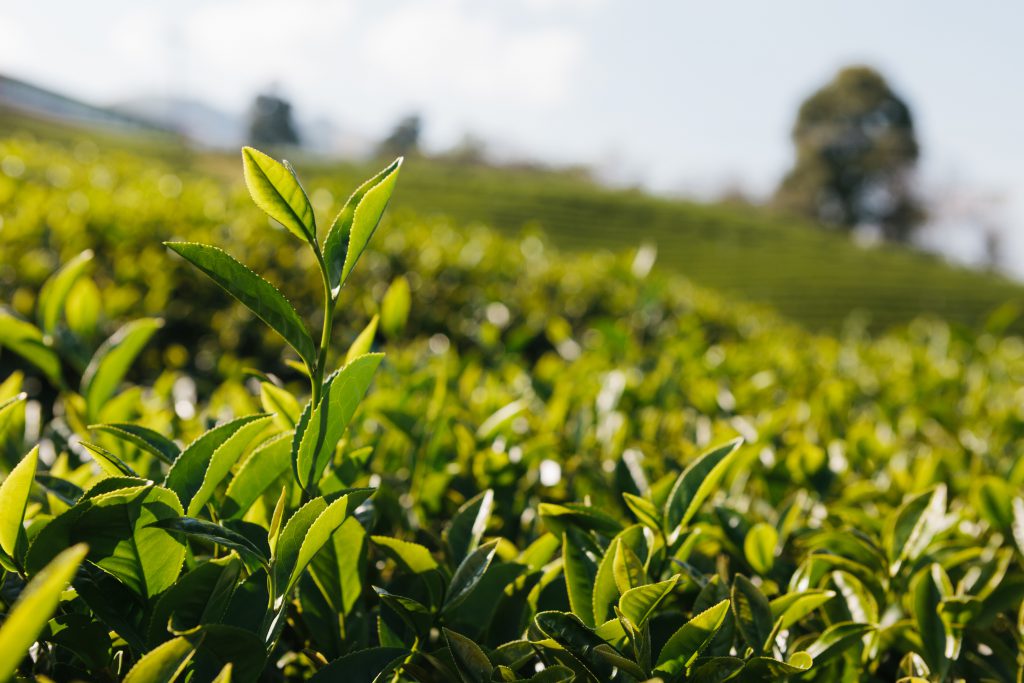
Sencha green tea is a type of green tea, as the name suggests, that isn’t fermented, and therefore, it keeps its fresh green color that is cultivated with a lot of sunlight. It is the most popular type of Japanese green tea. It dominates 80% of Japanese tea production, and no one can escape having a cup of Sencha if they are in Japan. Everyone loves the refreshing flavor, balanced sweetness, and bitterness.
Table of contents
- What Is Sencha Green Tea?
- Brief History of Sencha Green Tea
- Sencha Processing
- Sencha Tea Benefits
- Sencha Tea Side Effects
- Where You Can Buy Sencha Tea
- How to Prepare Sencha Tea
What Is Sencha Green Tea?
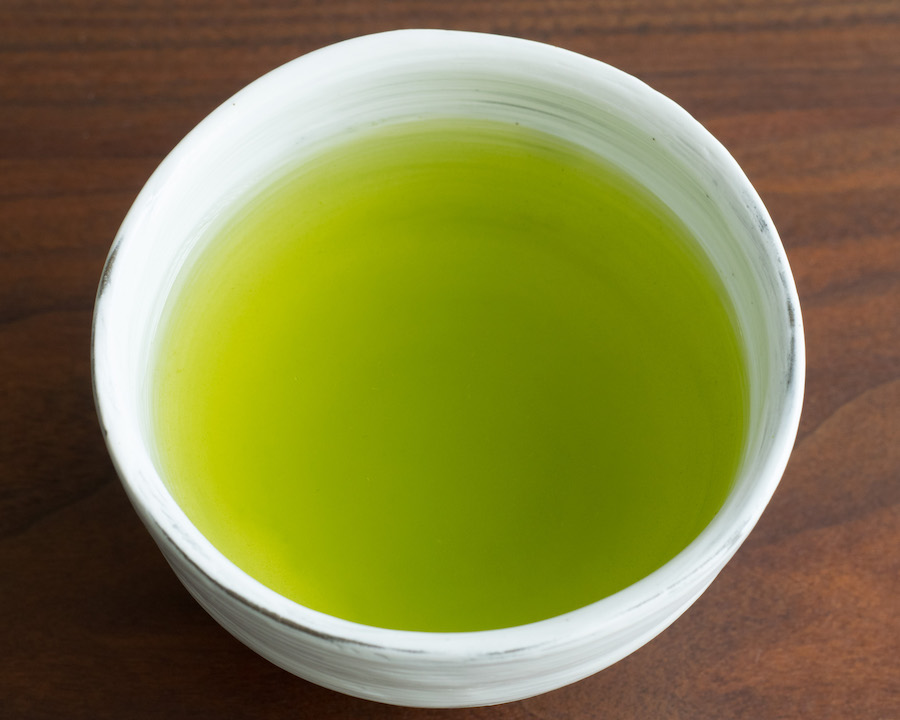
Before you see about
Tea catechins, produced in tea leaves with exposure to a lot of sunlight, are increased and have a unique bitterness. While it contains
Brief History of Sencha
The Sencha green tea that has the beautiful green color you see today is considered to have originated by Souen Nagatani (永谷宗円) in 1738.
He was a tea farmer in Tahara, Uji, Kyoto. Before Souen, the Sencha widely consumed among ordinary people was a brown color that was not considered high quality. Souen developed a new method of processing Sencha by steaming and rubbing on a tool called “Hoiro” (roaster, drier) that changed the whole game of Sencha. This new method allowed it to retain its beautiful vivid green color and bring out the best taste and flavor to the
This newly developed Sencha spread like a fire in Edo and Kinki and soon became the standard of the Sencha.
Both green tea and black tea are made from the same tea tree; they go through different processes, fermented or not, that makes the difference. The fermented tea is called black tea. It is pretty impressive that the same tea leaf can be green or black tea and has a different color, taste, and flavor.
Sencha Processing
They are processed with heat (steam) to stop oxidation. Then, they are rubbed carefully to keep their shape until the moisture they contain is low. Many Japanese teas are processed with steam, making them keep the vivid green color. Green teas are produced all around the world. However, the process of steam is unique to Japan, while other countries make it using the roast-and-roll method.
Fukamushi Sencha (Deeply Steamed Sencha)
While general Sencha takes 30 to 40 seconds to steam, “Fukamushi Sencha” (Deeply steamed Sencha) takes 60 to 120 seconds to steam to make their tea leaves softener. When you pour Fukamushi Sencha, these softer leaves that have been steamed longer bring out more tea flavors, a deeper green color, and a more pungent taste.
Sencha Green Tea Benefits
- Fluorine and Tannin: Strengthen Teeth
- Support Losing Weight
- Lowering Blood Pressure
- Reducing Blood Glucose Level
- Kills Bad Breath
- Boosting Brain and Body Function
- Anti-aging Effect
- Improving Gut Health
- Adjusting Physical Condition by Fixing PH Level
Fluorine and Tannin sencha contain prevents one from developing decaying tooth with tooth strengthening and bacteriocidal effect. Some say letting children having a cup of green tea would reduce the rate of decaying teeth in half.
The sencha green tea can be consumed without sugar, so you don’t have to worry about the intake of sugar compared to other beverages. Additionally, tannin sencha contains improved the function of enzyme that decompose oil. It’s good to have a cup of sencha between meals to suppress one’s appetite.
Sencha contains a substance that inhibits production of blood pressure elevation. Additionally, drinking sencha can increase HDL (high-density lipoprotein cholesterol aka good cholesterol) and prevents one from developing arteriosclerosis.
It’s proven that the blood glucose level of diabetics is reduced by drinking green tea. Tea polyphenol supports reducing the blood glucose level in one’s body.
Drinking green tea after a meal can wash away bits of food left on teeth and gum. That would prevent one from having bad breath and the bacteriocidal effect keeps bacteria cultivation at bay. Your mouth would feel clean and the scent and flavor of green tea refresh your mouth and breath.
Tea catechin stimulates one’s central nervous system such as cerebrum that boosts the ability both of intellectual and physical activity. In addition to that, due to its cardiotonic action and diuresis quality, it can stabilize one’s state of mind that would strengthen the ability of decision-making and retaining of memory. Moreover, it’s said Vitamin C that sencha contains has a relation to a high level of I.Q.
Vitamin E that sencha contains prevents one from developing free radicals and peroxidized fat that damages one’s body from inside. Also, green tea has an inhibitory effect on mutation and antioxidative effect.
Again, tannin in sencha improves the function of the stomach and bowel movement that would support you have a smooth movement every day.
Minerals in green tea prevents one from turning one’s body acidic. The human body can function healthily while one keeps its PH level alkaline. Many people, however, tend to have excess amount of high calorie food that would turn PH level acidic. That’s where sencha green tea comes and help to balance its PH level. In addition to that, Vitamin C that sencha contains can boost one’s power of resistance to virus infection, one cay stay healthy by not catching cold or heals faster.
Sencha Green Tea Side Effects
These three nutrients we’ve listed here can work all positively when consumed moderately. (This “moderate” amount can be five to 10 cups of sencha daily if one is already healthy). But with anything else, too many good things can cause a problem. So they can’t be your problem when you consume it in your scope of moderate amount.
- Caffeine
- Tannin
- Oxalic Acid
While caffeine has many benefits, too much of it can cause oversensitivity, sleep disorder, face stiffening, vomiting, and problems with stomach. According to WHO, the limit of intake of caffeine a day is 300mg. Caffeine in a cup of green tea (100g) is about 20mg so having 10 cups of it shouldn’t be a problem.
Tannin is a type of polyphenol which has various favorable functions, however, too much intake or the timing of drinking of green tea can cause you to have anemia. Tannin is easily connected to metals in food one consumes, so too much of it prevents one’s body from absorbing iron. For the sake of not having this probelm, drinking sencha between meals, but not right before or after would help.
Sencha green tea contains oxalic acid which can be found in many foods specifically in high amount in banana, spinach, nut, and so on. Too much oxalic acid can cause you do develop urinary stone. Consuming calcium would help one from having a problem since it connects to oxalic acid and prevents it from absorbing in one’s gut.
Where You Can Buy Sencha Green Tea
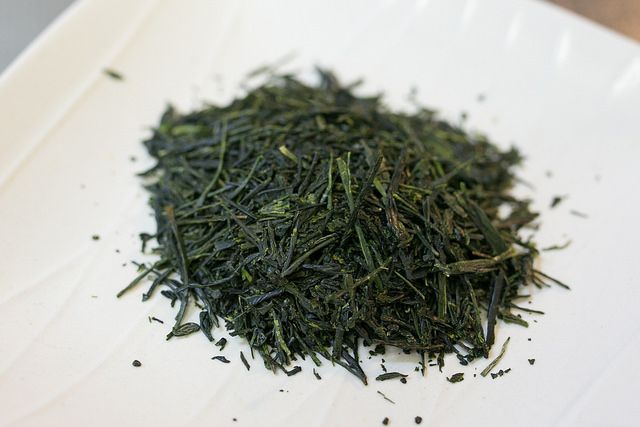
Maiko Tea Japan
They offer a variety of Sencha, which come in handy tea bags and loose-leaf. There are star ratings of sweetness, astringency, umami, and aroma (flavor), so you can clearly understand what you’re going after and what you can expect.
IPPODO TEA Online Shop
Ippodo Tea Store is one of the most trusted Japanese tea stores. They offer you a variety of Japanese teas on-site and online. You can choose your Sencha based on your preference: rich, balanced, or light.
O-Cha.com
Their green teas are packaged within a very short time frame (days) of any customer’s order, they offer you the freshest green tea one can buy online by their effort to package the products within a few days after a customer place an order. The founder of O-Cha.com frequently visits the tea-growing regions and selects the teas that would satisfy anyone who seeks the best Japanese teas.
How to Prepare Sencha
- Put
Sencha green tea leaves into a teapot.
You can make two cups with 4g, but you can always check the instructions on the package of your Sencha green tea, or you can adjust the amount of tea to your preference. - Always use freshly boiled water.
The best temperature for makingSencha green tea is about 80℃, so you can achieve that by transferring the hot water once or twice to another container. You can still make your Sencha green tea with water above 80℃. However, that makes the tea extracts more bitterness and less umami (sweetness). So, if you want to enjoy the umami flavor, make sure to have your water temperature around 80℃, which would bring out the all-umami flavor at its best. - Pour the warm water into a pot, make it stand for 30 seconds, then pour it into a cup. The tip is to pour it into cups (suppose you make two cups) equally by degrees and make sure you pour the last drop of tea.
Water
The best water for making Sencha green tea is soft water. You can use tap water, but always make sure to boil it before use to remove chlorine. Hard water is not preferable since it contains many minerals that can alter the taste of the tea. They react with the catechins and caffeine the tea contains, making the taste bland and reducing its flavor.
Water Temperature
As we’ve shared above, the best temperature for making
13 Authentic Japanese Tea Stores in Tokyo
Where to Buy Best Matcha? 5 Established Matcha Stores in Japan
Have you found your favorite


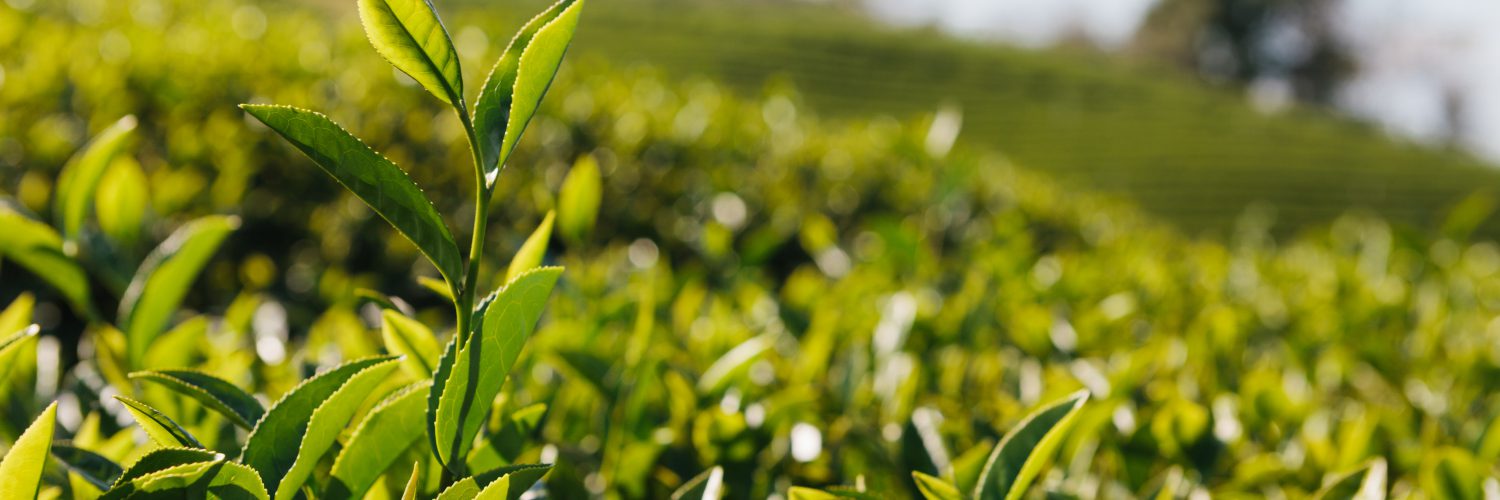
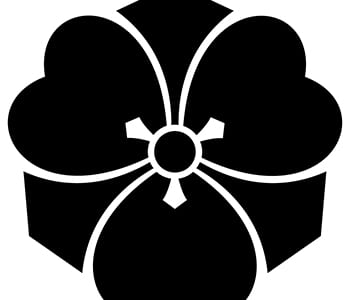
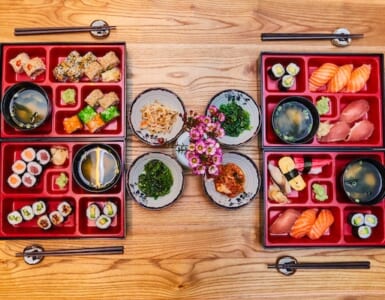



ocha is Good to your health many people japan to drink ocha becouse healty drinks and many benifits to your health.
Hi lloyd,
Thanks for the comment! Yeah, true. Many Japanese people drink tea often with or without meals. It’s nice to have varieties of ocha at coffee shops now.
I drink green tea (sencha) and roasted green tea (hojicha) almost every day and they keep me refreshing.
Hope you have many wonderful times drinking ocha!
Hiroko